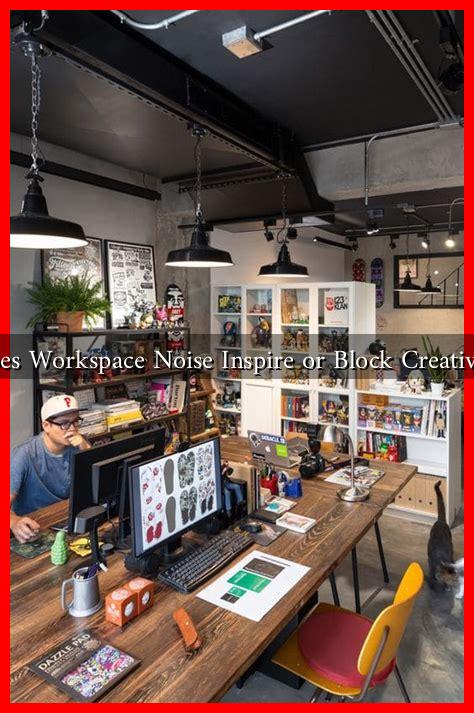-
Table of Contents
Does Workspace Noise Inspire or Block Creativity?
In today’s fast-paced work environment, the debate surrounding workspace noise and its impact on creativity is more relevant than ever. As open-plan offices become the norm and remote work continues to rise, understanding how sound influences our creative processes is crucial for both employees and employers. This article explores whether workspace noise serves as an inspiration or a hindrance to creativity, backed by research, case studies, and expert opinions.
The Dual Nature of Noise
Noise in the workplace can be categorized into two types: ambient noise and disruptive noise. Each type has different effects on creativity.
- Ambient Noise: This includes background sounds that are not overly distracting, such as soft music or the hum of conversation. Research suggests that moderate levels of ambient noise can enhance creative thinking.
- Disruptive Noise: This refers to loud, jarring sounds that interrupt focus, such as ringing phones or loud conversations. Such noise is generally detrimental to creativity, leading to frustration and decreased productivity.
The Science Behind Noise and Creativity
Several studies have examined the relationship between noise levels and creative output. A notable study published in the journal *Psychological Science* found that a moderate level of ambient noise (around 70 decibels) can enhance creative performance. The researchers concluded that this level of noise encourages abstract thinking, which is essential for creativity.
Conversely, a study conducted by the University of California, Irvine, revealed that employees in noisy environments experienced higher levels of stress and lower job satisfaction. This suggests that while some noise can stimulate creativity, excessive or disruptive noise can block it.
Case Studies: Real-World Examples
To further illustrate the impact of noise on creativity, let’s look at a few case studies from various industries:
- Advertising Agencies: Many creative agencies, such as Wieden+Kennedy, embrace open office layouts filled with ambient noise. Employees report that the buzz of conversation and collaboration fosters a creative atmosphere, leading to innovative campaigns.
- Tech Startups: Companies like Google and Facebook have designed their workspaces to include quiet zones alongside collaborative spaces. This balance allows employees to choose their environment based on the task at hand, promoting both focus and creativity.
- Remote Work: A survey by Buffer found that 20% of remote workers struggle with distractions at home. This highlights the importance of creating a conducive workspace, whether at home or in an office, to minimize disruptive noise.
Strategies for Managing Workspace Noise
To harness the positive aspects of noise while minimizing its negative effects, consider the following strategies:
- Designated Quiet Zones: Create areas in the office where employees can retreat for focused work without distractions.
- Sound Masking Systems: Implement sound masking technology to reduce the impact of disruptive noise while maintaining a level of ambient sound.
- Personalized Workspaces: Allow employees to customize their work environments with noise-canceling headphones or personal sound systems to suit their preferences.
- Flexible Work Hours: Encourage flexible work hours to allow employees to choose when they are most productive, whether in a noisy environment or a quieter setting.
Conclusion: Finding the Right Balance
In conclusion, workspace noise can both inspire and block creativity, depending on its nature and the context in which it occurs. While moderate ambient noise can enhance creative thinking, disruptive noise can lead to decreased productivity and increased stress. By understanding the dual nature of noise and implementing effective strategies to manage it, organizations can create environments that foster creativity and innovation.
Ultimately, the key takeaway is that a balanced approach to workspace noise—one that accommodates both collaborative and focused work—can significantly enhance creative output. As we continue to evolve in our work environments, recognizing the role of sound will be essential in unlocking our full creative potential.
For further reading on the impact of noise in the workplace, you can explore resources from the Harvard Business Review.

